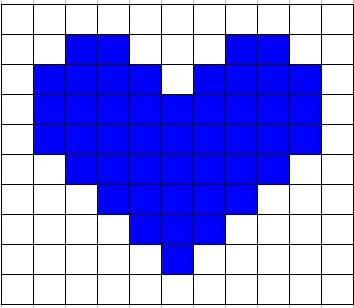Darning is a strong, reinforced repair for a hole or threadbare area. In this video, I demonstrate a couple of the ways you can use darning to fix a hole in any knitted piece.
The yarn I used for demonstration is leftover worsted-weight scraps, mostly Cascade 220.
My silver ring is actually a knitting needle gauge, and can be found here.
My nail polish is by Julep, color “Janie”.

